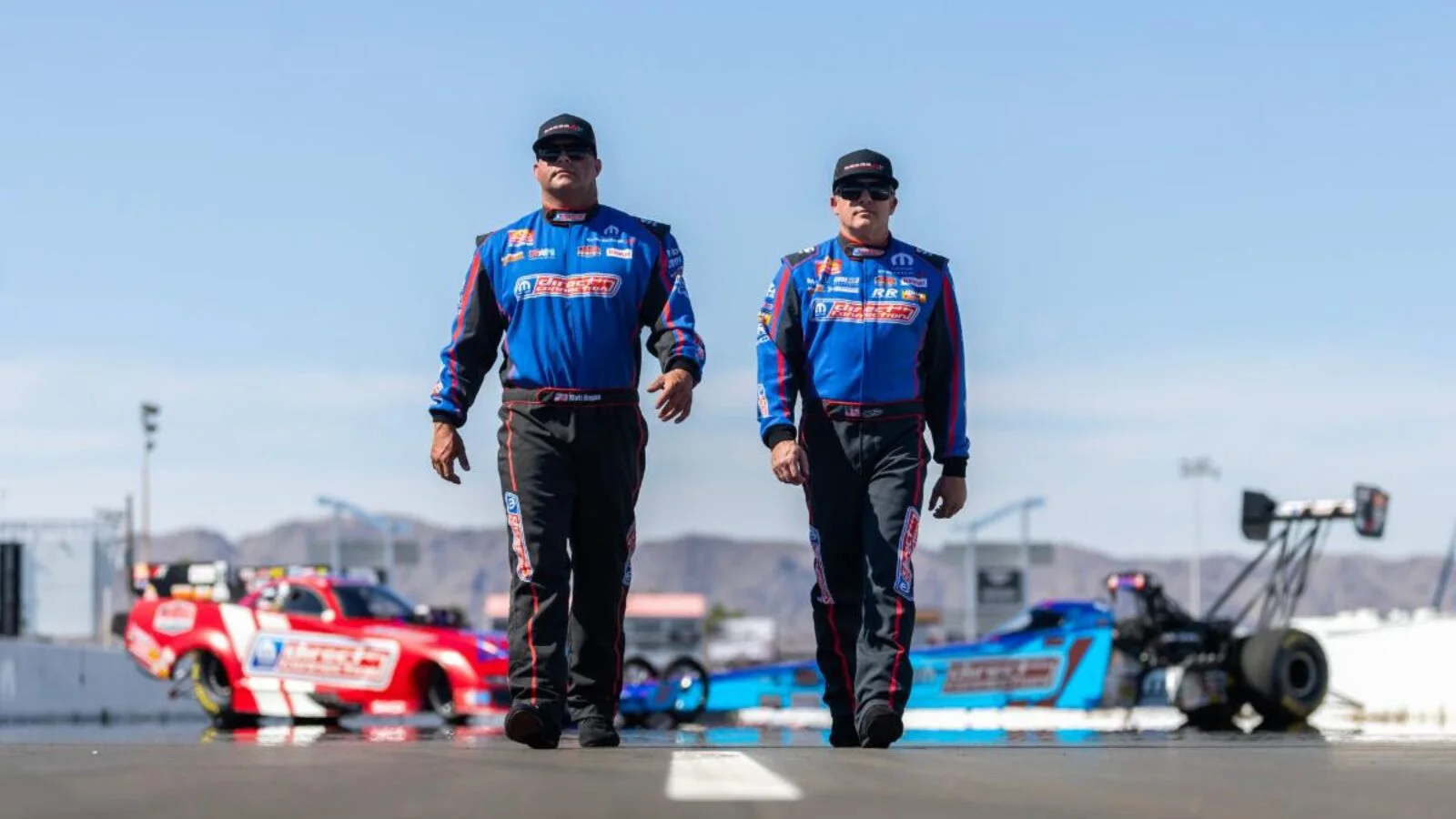On May 26, 2025, Tony Stewart dominated the Indy 500 broadcast controversy by delivering a sharp response to criticism questioning his role as a commentator for the Indianapolis 500 coverage. Well known for his accomplishments across multiple racing disciplines, Stewart proved he has the credentials and respect needed to cover the “Greatest Spectacle in Racing” and swiftly shut down naysayers during the FOX broadcast from Indianapolis Motor Speedway.
Tony Stewart’s Diverse Racing Legacy Validates His Broadcast Role
Tony Stewart’s background is one of the most versatile in motorsports history, spanning USAC Sprint cars, IndyCar, NASCAR, and NHRA drag racing. Having driven with success in open-wheel, stock car, and drag racing, Stewart’s multiple championships and historic feats cement his status as a racing icon. In 1997, he claimed the IndyCar championship, narrowly missing back-to-back titles by finishing second in 1998. He remains the only driver to have completed the demanding “Double” in 2001—competing both the Indy 500 and Coca-Cola 600 in the same day. Stewart also earned a pole position in his Indy 500 debut which supports FOX’s choice to bring him onboard as a broadcaster for the 109th running of the event.
With his team Stewart-Haas Racing recently folded, and his departure from NASCAR finalized, Stewart’s return to the Indy 500 offered a meaningful way to celebrate his career highlights in open-wheel racing. Holding a microphone rather than a steering wheel, Stewart’s earlier experience broadcasting NASCAR events like the Busch Light Clash and Daytona 500 on FOX had already demonstrated his ability to engage audiences and relay expert insights from behind the lens.

Online Criticism Sparks Immediate Backlash and a Powerful Response
Criticism surfaced on social media when a user, @MI_Sprints, tweeted in disbelief over Stewart’s broadcasting role, asking,
“Why is a drag racer covering the Indy 500?”
This statement overlooked Stewart’s deep connection to IndyCar and racing history. Tony Stewart’s NHRA team, Tony Stewart Racing Nitro, answered decisively with a tweet featuring a photo of Stewart lifting his 1997 IndyCar championship trophy, captioned, This is how… followed by a side-eye emoji. The image and message quickly went viral, silencing detractors and sparking support from fans across the motorsport community.
Motorsport Fans Unite to Defend Stewart’s Expertise
The response from racing enthusiasts was immediate and intense. Supporters from NASCAR, IndyCar, and casual observers vocally rejected the detractor’s claim. One fan’s tweet summed up the consensus:
Bro really tried to cancel a guy who’s won at literally every level. Clown behavior,
—fan
Beyond Stewart’s championship titles in multiple series, fans pointed out that his current participation in the NHRA Top Fuel championship at age 54 proves his ongoing commitment to racing excellence. Many stressed that questioning Stewart’s credentials was a serious misjudgment given his unparalleled achievements on and off the track.
Remarkable Achievements That Cement Stewart’s Reputation
Stewart’s 2001 “Double” feat remains one of the most extraordinary challenges in motor racing, involving the grueling completion of 1,100 miles by racing the Indianapolis 500 and then competing in the Coca-Cola 600 just hours later. Only a handful of drivers have attempted this, with Stewart being the sole driver to successfully finish both races in one day. This accomplishment has become a landmark in motorsport lore and confirms Stewart’s endurance, skill, and determination at the highest level of competition.
Even modern stars like Kyle Larson have struggled to match this record, underscoring how rare and difficult the “Double” is to achieve. Fans used witty remarks to dismantle the troll’s ignorance, such as:
Questioning Tony Stewart’s IndyCar creds is like asking Picasso why he’s holding a paintbrush. Sit down.
—fan
The Troll’s Quick Retreat and Continuing Legacy of Success
Following the widespread rebuttal, @MI_Sprints deleted the initial tweet and posted an apology saying,
Love you @TSRnitro. Hope we can still be friends,
—@MI_Sprints
The swift retraction drew sarcastic commentary from users, like one who joked,
Dude folded faster than a lawn chair at a tailgate,
—user
This incident coincided with Stewart’s NHRA team winning at Route 66 Raceway just days earlier, reinforcing the idea that Stewart’s achievements are not confined to history but are ongoing and current. Among many fans, there was surprise at his enduring versatility with comments like
Didn’t know Smoke could clean up so well,
—fan
Stewart’s Consistency in Racing and Broadcasting Over the Years
Throughout his career, Tony Stewart has maintained an intense focus on competition, whether behind the wheel or as a broadcaster. Reflecting on a previous interview after a 2012 Richmond race where reporters asked about the rarity of consecutive caution-free races, Stewart delivered a grounded and straightforward answer:
David, only you think about stuff like that. I don’t know about what you think of during the race but I try to figure out how to go win the race and make my car go fast.
—Tony Stewart
This no-nonsense attitude highlights Stewart’s drive and concentration on performance. His ability to switch roles between driver and commentator without losing credibility or authority is rare. He continues to thrive in drag racing as well, proving his adaptability across multiple motorsport arenas.
What Tony Stewart’s Broadcast Presence Means for Racing Fans
With Stewart’s deep-rooted history across the spectrum of American motorsports and his evident broadcasting talents, his presence in the Indy 500 coverage offers fans knowledgeable commentary enriched by firsthand experience. The backlash to his appointment highlights how passionate and opinionated motorsport communities can be, yet Stewart’s record and composure in handling criticism reinforce his rightful place as a respected figure in racing media.
As he navigates his post-driving career, Tony Stewart’s combination of racing achievement and media savvy signals his continued influence on the sport. The 109th Indianapolis 500 broadcast controversy serves as a testament not only to his legacy but to the ongoing impact he has on motorsport culture, both on screen and on track.
